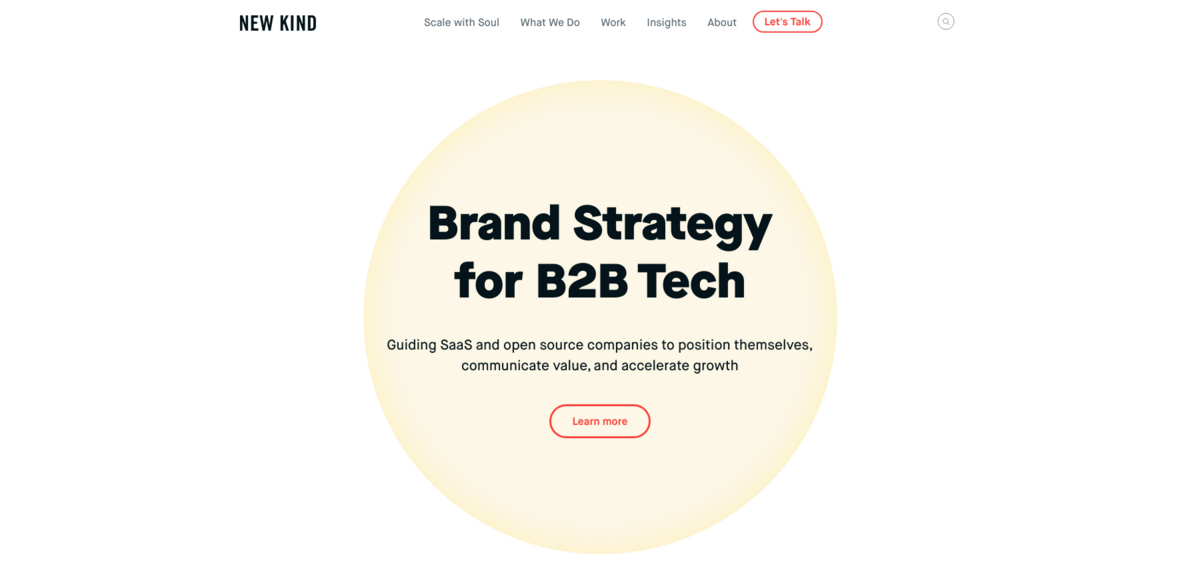What is Brand Strategy for B2B Tech?
Brand Strategy for B2B Tech is all about guiding SaaS and open source companies to position themselves effectively, communicate their value clearly, and accelerate growth. It’s a focused approach that connects the core of modern communications—think company messaging, positioning, product messaging, and storytelling—all tailored specifically for the tech space. This strategy helps businesses not just to exist, but to stand out in a crowded market by crafting a compelling narrative and a strong identity.
The Main Benefit of This Approach
Here’s what makes this brand strategy a game-changer for B2B tech companies:
- Over a decade of experience helping tech brands—from startups to scale-ups—navigate their growth journey.
- Specialized expertise in SaaS and open source markets, speaking the language of technology and innovation.
- A comprehensive suite of offerings including market positioning, brand diagnostics, and product marketing strategy.
- Rapid positioning accelerators that speed up the development of messaging and storytelling frameworks.
- Visual identity and naming services that ensure consistent and elegant customer experiences.
- Employer value proposition and verbal identity development to attract and retain top talent.
Market Positioning Strategy: The Foundation of Growth
Defining your market positioning is the first step toward building a marketing growth strategy that lasts. It’s about crafting a message that resonates and communicating value through a visual identity that sticks. This foundation supports everything else—whether it’s storytelling, product messaging, or even naming. Without a clear position, it’s tough to stand out or create a competitive advantage. This strategy ensures companies know exactly where they fit in the market and how to talk about it.
Brand Story and Messaging Architecture
Every company has a story, but not every story is told in a way that truly connects. The brand story and messaging architecture service helps tech companies tell the most powerful story about why they exist and why customers should care. It’s about weaving together narrative threads that highlight purpose, value, and vision—making the brand relatable and memorable. When done right, storytelling becomes a strategic asset that drives engagement and loyalty.
Collaborative Approach: Open Source Meets Design
This brand strategy embraces a collaborative mix of open source principles and design thinking. The idea? When people who care most about the brand and culture get fully engaged, the organization becomes more powerful. It’s open, inclusive, and dynamic—inside and out. This approach unlocks energy and creativity, fostering a culture that supports growth and innovation. It’s not just about branding; it’s about building a community around the brand.
Project Impact: Aligning with Sustainable Development Goals (SDGs)
- Quality Education (SDG 4): Empowering teams through clear communication and shared culture.
- Decent Work and Economic Growth (SDG 8): Supporting tech companies to scale and create jobs.
- Industry, Innovation, and Infrastructure (SDG 9): Driving innovation through open source and strategic branding.
- Reduced Inequalities (SDG 10): Promoting inclusive and open collaboration within organizations.
- Partnerships for the Goals (SDG 17): Encouraging open and collaborative approaches to brand and culture building.
Why Visual Identity and Naming Matter
Visual identity isn’t just about looking good—it’s about creating an elegant, consistent customer experience that reinforces the brand’s message at every touchpoint. Alongside this, naming plays a crucial role in crafting a compelling company or product name that aligns with the overall strategy. Together, these elements ensure that the brand is instantly recognizable and memorable, helping tech companies carve out their unique space in the market. It’s branding that speaks volumes without saying a word.





















